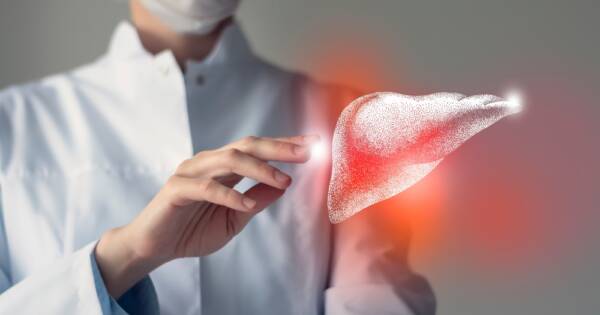Polymyalgia Rheumatica (PMR) is a prevalent inflammatory disorder affecting those over 50, characterized by intense morning pain and stiffness. Recognizing its symptoms aids in diagnosis, which can be challenging due to overlaps with similar conditions. Effective management often involves corticosteroids and lifestyle modifications to mitigate risks like giant cell arteritis and bone density loss. Exploring these treatment strategies and lifestyle adjustments is essential for enhancing life quality amidst PMR challenges.
Understanding Polymyalgia Rheumatica (PMR)
Polymyalgia Rheumatica (PMR) is predominantly an inflammatory condition that affects individuals over the age of 50. It is marked by widespread pain and stiffness, primarily affecting areas like the shoulders, neck, hips, and thighs. These symptoms are particularly intense in the morning, often emerging swiftly over several days. Unlike many other forms of arthritis, PMR does not cause joint swelling, which can complicate diagnosis according to arthritis experts. The disease is more prevalent among women and individuals of Caucasian descent, particularly those with Scandinavian heritage.
Recognizing Symptoms and Signs of PMR
The primary symptoms of PMR include sudden muscle aches and stiffness, especially after periods of rest, which can severely impede daily functions such as dressing or climbing stairs. These symptoms occur symmetrically, impacting both sides of the body and often begin in the shoulders and hips before extending to the thighs as reported by healthcare guidelines. Beyond muscle pain, additional symptoms can encompass systemic issues like fatigue, unintended weight loss, loss of appetite, and sometimes depression. These can significantly degrade the sufferer’s quality of life.
Diagnosis Challenges of PMR
Diagnosing PMR presents various challenges since its symptoms overlap with other conditions, such as rheumatoid arthritis. Blood tests that highlight inflammation markers like erythrocyte sedimentation rate (ESR) and C-reactive protein (CRP) can assist, though a lack of specific tests makes diagnosis primarily clinical as outlined by medical institutions. Imaging scans, such as X-rays and MRIs, are occasionally employed to rule out other conditions. The diagnostic process also emphasizes noting a swift response to low-dose corticosteroids as inline confirmation of PMR.
Treatment Approaches for PMR
The cornerstone of managing PMR is the administration of corticosteroids like prednisone, which rapidly alleviate symptoms. Treatment typically begins with a higher dose that is gradually tapered over a span of one to two years. During this time, patients must be closely monitored for potential side effects, which can include high blood pressure, osteoporosis, weight gain, and other long-term health impacts according to rheumatology guidelines. In cases where corticosteroids are not suitably effective, additional treatment options like methotrexate or biologics such as sarilumab may be considered.
Managing Risks and Complications
One of the significant risks associated with PMR is an increased likelihood of developing giant cell arteritis (GCA), a condition that, if unchecked, can lead to vision loss or stroke. Symptoms of GCA include headaches, jaw pain, and visual disturbances; therefore, patients should seek prompt medical evaluation if these arise as per arthritis research findings. Long-term corticosteroid use also raises concerns about bone density, thus potentiating osteoporosis. Prophylaxis, including bisphosphonates and supplements such as calcium and vitamin D, is often recommended to protect bone health.
Holistic Management and Lifestyle Considerations
Incorporating lifestyle adjustments can facilitate managing PMR symptoms. Regular weight-bearing exercises and a nutritious diet rich in calcium are crucial for bone density maintenance and overall health. Physiotherapy might be helpful for supporting muscle recovery and strength. The psychosocial impact of living with PMR can necessitate the development of strong social support systems, and participation in patient groups can provide valuable shared experiences to bolster mental health as mentioned in patient guidance resources.
Why You Should Learn More About Polymyalgia Rheumatica Today
Polymyalgia Rheumatica presents a series of complex challenges that can hinder one’s quality of life if not promptly diagnosed and effectively managed. The intricate relationship between PMR and conditions like giant cell arteritis underscores the importance of vigilance regarding symptoms and timely medical intervention. Understanding the wide array of treatment options, including corticosteroids and lifestyle adjustments, can equip patients and caregivers with the necessary tools to navigate the condition successfully. By fostering informed collaboration between patients and healthcare providers, individuals with PMR can aspire to lead full, active lives despite their diagnosis.
Sources
National Health Service Symptom Overview


